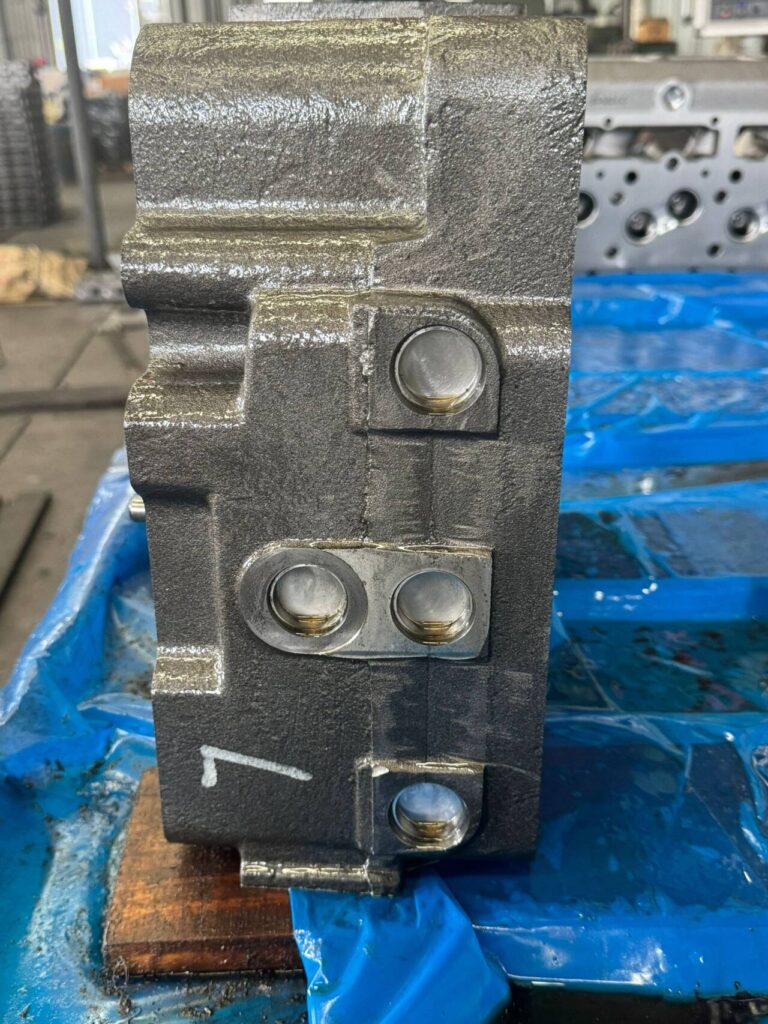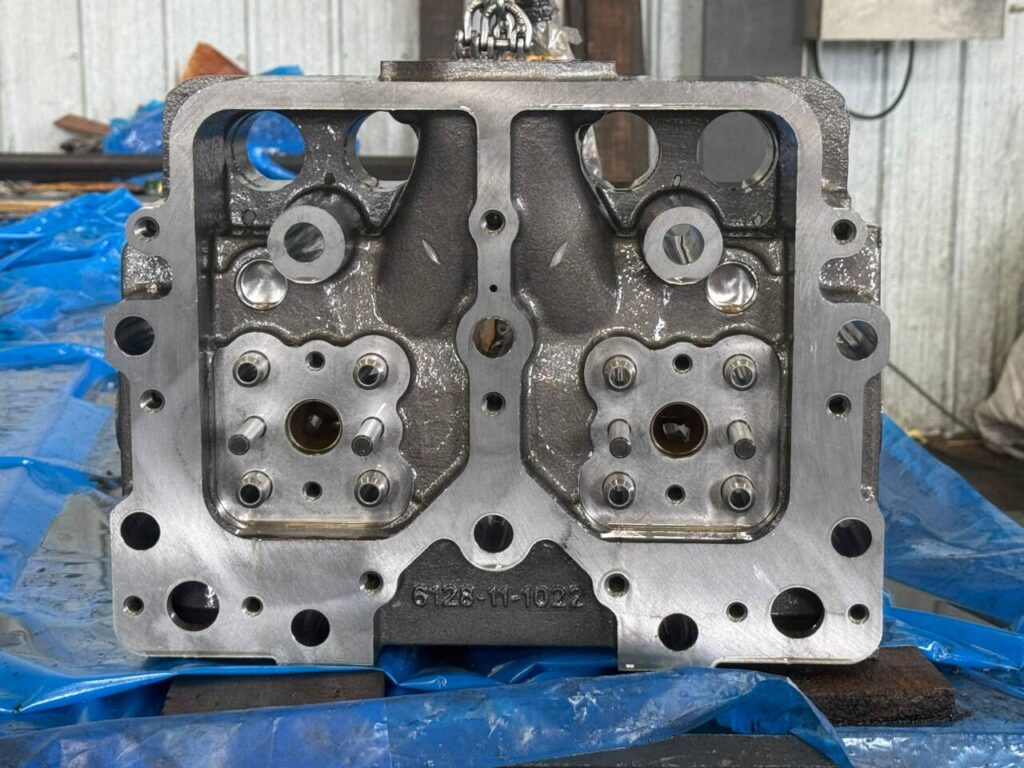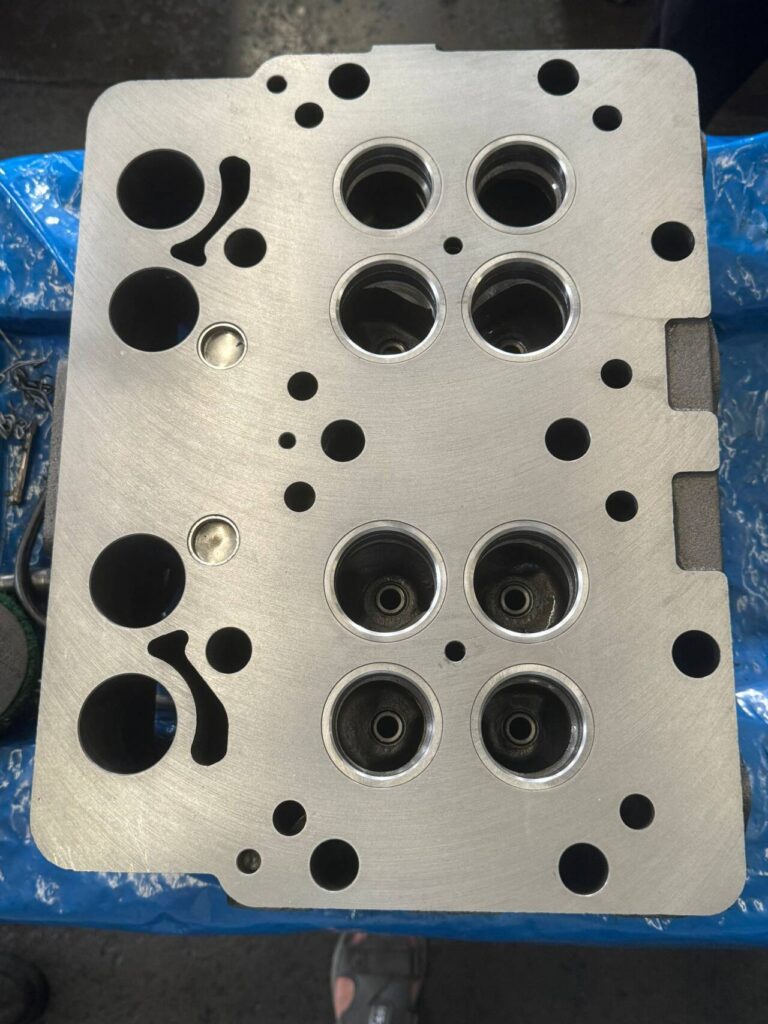Technical News
Analysis and Troubleshooting of White Smoke Emission and Power Loss in Diesel Engine Exhaust Systems
Analysis and Troubleshooting of White Smoke and Power Loss in Diesel Engine Exhaust
White smoke from a diesel engine exhaust can indicate several underlying issues, often stemming from incomplete fuel combustion, coolant leaks, or air-fuel mixture imbalances. Here’s a breakdown of possible causes, focusing on the case of a heavy-duty truck experiencing white smoke and power loss while climbing an incline.



1. Incomplete Combustion
One common cause of white smoke is incomplete fuel combustion, often linked to malfunctioning fuel injectors or injector timing. When the injectors release too much or too little fuel, the air-fuel mixture becomes uneven, causing white smoke as unburned fuel exits the exhaust system. Misaligned or dirty injectors and timing issues are typical culprits here. Diagnosing injector problems early is crucial, as prolonged incomplete combustion can damage the engine further and decrease performance (FinditParts, Engine Echo).
2. Coolant Leaks into the Combustion Chamber
Another frequent cause of white smoke, especially if accompanied by a sweet odor, is coolant entering the combustion chamber due to a blown head gasket or a cracked cylinder head. Coolant in the engine disrupts the combustion process, leading to white exhaust smoke. Detecting this problem often involves observing coolant levels and checking for signs of coolant leakage around the head gasket area. Neglecting this issue can result in severe engine damage (DieselNet, Engine Echo).
3. Turbocharger and Air Intake Issues
If the turbocharger or air intake system malfunctions, such as a blocked air filter or a failing turbocharger, the engine may receive insufficient oxygen for proper combustion. This results in white smoke, particularly under load or high-power demand, as the engine struggles with reduced airflow. Regularly inspecting and maintaining the turbocharger and air filters can prevent such issues and ensure consistent engine performance (FinditParts).

4. Low Cylinder Compression
White smoke can also indicate a more serious issue like low cylinder compression, often caused by worn piston rings or a damaged cylinder wall. In this case, the engine fails to completely burn the fuel, emitting unburned fuel as white smoke. Low compression is usually confirmed through a compression test, which can pinpoint whether the issue stems from internal engine wear (Engine Echo).
5. Oil Leaks into the Exhaust System
In some cases, white smoke is produced when oil leaks into the exhaust system, as observed in situations where the exhaust turbocharger is damaged. Oil contamination in the exhaust can lead to heavy smoke, as it vaporizes in the hot exhaust gases. This could result from damaged turbocharger seals or issues with the oil separator, which requires immediate attention to prevent engine overheating and further damage (Engine Echo, DieselNet).
Conclusion
White smoke from diesel engines, particularly in cases of high load or climbing conditions, often indicates internal issues that can be diagnosed by systematically checking the air intake, fuel injectors, turbocharger, and exhaust system. Addressing these issues promptly can prevent larger, costly repairs and ensure the engine remains efficient and reliable.
For white smoke and power issues in diesel engines, possible causes can include poor fuel combustion, coolant leaks, or air intake problems. Incomplete combustion often results from issues with fuel injectors, where blockages can cause white smoke and reduced power (Cummins Forum)
Cummins Forum. Coolant leaks, often due to head gasket failures, can also lead to persistent white smoke in the exhaust system, as coolant mixes with diesel in the combustion chamber (DieselNet).
For more details, you may find discussions on similar symptoms useful at forums like Cummins Forum and Ford Truck Enthusiasts Forum.

